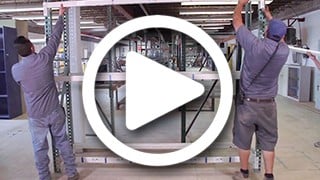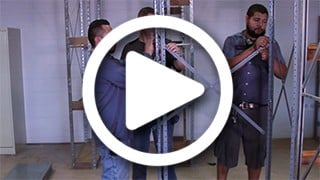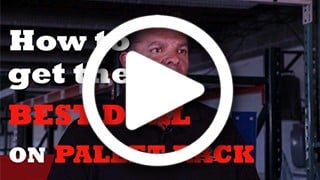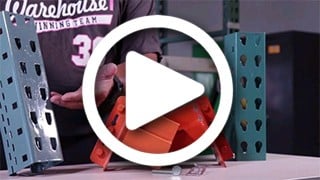What Conveyor Is Right for Me?
When setting up your Warehouse, selecting the right conveyor is essential to a successful operation. We at Warehouse1 are leaders in the material handling industry, and have a team of expert representatives ready to answer any question you may have. Below is some general information on some common conveyor types, and why each makes sense for your needs.
Everyone Is Different
It’s important to remember that different projects require different specifications to run smoothly along conveyor belts, so be cognizant of what you require and make sure to choose the right system for you. Making mistakes are expensive, so do your due diligence by talking to one of our representatives if you have any questions at all. There are different conveyors for different types of materials -- sand, laundry, and gravel for example. But everything we sell is designed to move boxes through a warehouse.
Gravity Conveyors
 A gravity conveyor consists of non-motorized rollers or wheels that allow boxes to move from one point to another without electricity. The starting point of the conveyor stands higher than the end point, and the force of gravity -- combined with the lack of resistance from the rollers or skate wheels -- does the work.
A gravity conveyor consists of non-motorized rollers or wheels that allow boxes to move from one point to another without electricity. The starting point of the conveyor stands higher than the end point, and the force of gravity -- combined with the lack of resistance from the rollers or skate wheels -- does the work.
Choosing between rollers and skate wheels is another decision. In many instances it’s a matter of personal preference, but it’s important to know the differences between the two.
Rollers
- Rollers are able to handle heavier weight than skates, as well as boxes of different sizes all on the same run.
- A roller conveyor is a more permanent type of an installation where you can set up and leave it and not worry.
- Over long distances the boxes roll better and transport smoother, keeping three rollers under a box at one time.
- Boxes of different sizes move easily along, being sure to always keep a minimum of three rollers under a box at one time
Skate Wheels
- When setting up temporary operations like loading a truck, a packing line, or moving product onto a shipping dock, skate wheels are the way to go. Because it’s lighter in weight, it’s easier to tear down.
- While excellent in many instances, skate wheels do have some limitations. You can’t always run boxes of different sizes and weights together. Conveyors are setup based off the specs of the box or item being moved, and because the wheels aren’t as large as a roller, the lack of continuity on the conveyor can cause backups or slowdowns.
Power conveyors
Like we said before, it all depends on what you want to do with your project. If it involves multiple stations relying on timing and efficiency, a motor-powered conveyor is for you.
- Packages will arrive at their destinations on their own. In some cases, people are forced to move boxes when they get stuck. With power conveyors, you avoid this problem.
- You’re able to regulate a steady movement of products with ease.
Control comes with a downside though. Power involves many more moving parts -- belts, electrical connections, etc. It also costs more to install for those very reasons, and requires more energy to run than a gravity conveyor. We provide installation services and project management to companies just like yours, and are ready to help you. Contact us today.



